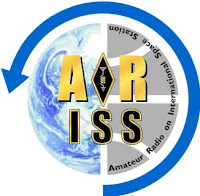Doreen Bogdan-Martin, KD2JTX, has been elected as
Secretary-General of the International Telecommunication Union, the first woman
to hold the position. She takes the reins of the United Nations agency for
telecommunication regulation on January 1, 2023. 
Doreen Bogdan-Martin, KD2JTX, has been
elected as the next Secretary-General of the
International Telecommunication Union, the
first woman to lead the international agency.
(ITU photo)
Bogdan-Martin has been Director of the ITU’s Telecommunication Development Bureau since 2019, at that time becoming the first woman to hold a senior leadership position in the agency. She is the second radio amateur to hold the agency’s top spot. Dr. Hamadoun Touré, HB9EHT, was Secretary-General from 2007 to 2014.













